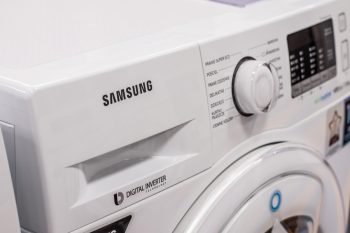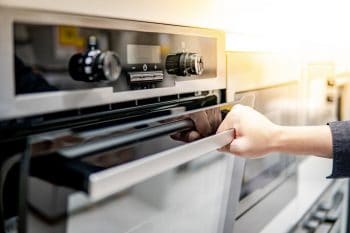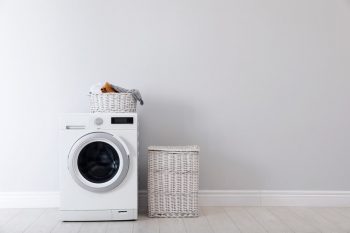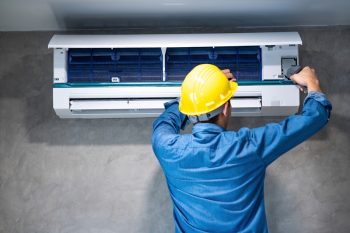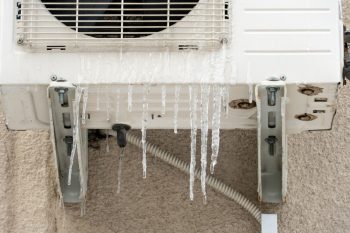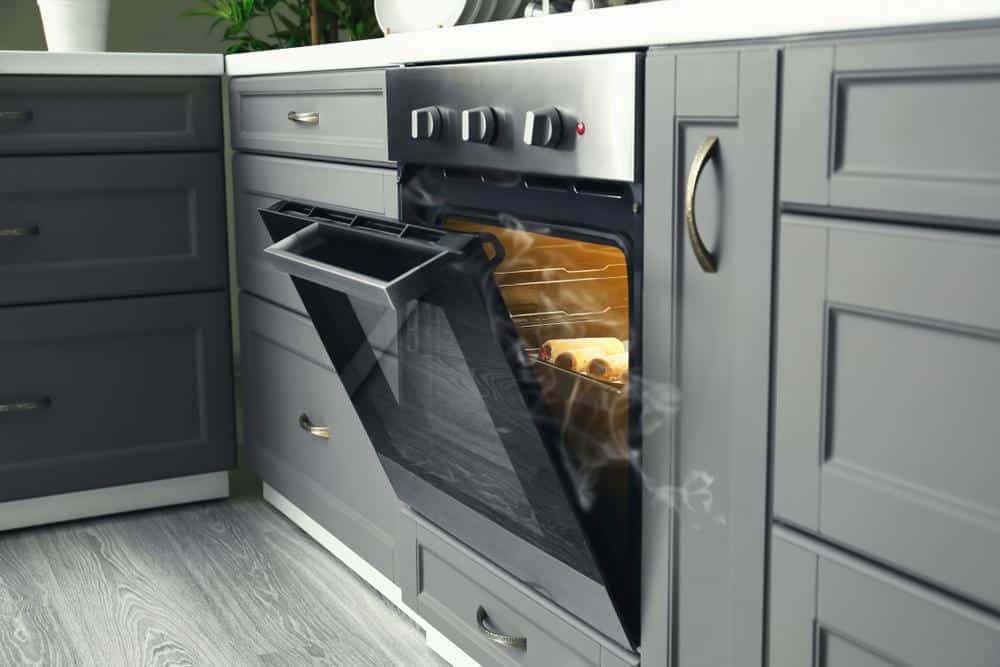
Ovens are a staple in every kitchen, a culinary workhorse that we rely on for baking, roasting, broiling, and even reheating. But when it comes to fitting one into your kitchen design, or replacing an existing one, one question often comes to mind: “How wide are ovens?”
Ovens come in various sizes, but the most common width for a standard oven is 30 inches. Compact ovens, designed for smaller spaces, typically have widths between 20 and 24 inches. On the other hand, professional-style ovens can be wider, ranging from 36 to 60 inches. However, these dimensions can vary depending on the specific model and brand, so it’s always best to consult the manufacturer’s specifications.
Understanding Oven Width
Ovens come in various sizes, but the most common width for a standard oven is 30 inches. Compact ovens, designed for smaller spaces, have widths between 20 and 24 inches. Upscale or professional-style ovens can be wider, with widths ranging from 36 to 60 inches.
However, these dimensions may vary depending on the specific model and brand. Always consult the manufacturer’s specifications and measure your available space before purchasing an oven.
Standard Dimensions of a Typical Home Oven
The standard dimensions of a typical home oven vary depending on the type and installation. However, most standard ovens measure about 30 inches wide, 36 inches tall, and 25-27 inches deep, excluding handles and knobs. These dimensions are designed to fit standard cabinet cutouts that are 34-1/4 inches wide, 24 inches deep, and 36 inches tall.
For smaller kitchens or apartments, compact stoves are available with dimensions typically ranging from 20-24 inches wide, 25-27 inches deep, and 36-41 inches tall. On the other hand, larger, commercial-style ranges can be found with widths between 30-36 inches for single-oven models and 48-60 inches for double-oven models.
The Impact of Oven Size on Cooking Capacity
The size of an oven impacts its cooking capacity in a few ways. A smaller oven may force you to place your baking items closer to the oven walls, which can cause uneven cooking. Additionally, even baking often depends on air circulation within the oven. If you’re trying to bake a large item in a small oven, hot air may sometimes get more “trapped” around any heating elements, exacerbating the problem of uneven cooking.
Factors to Consider When Selecting the Width of an Oven
When selecting the width of an oven for your kitchen, consider the available space, oven capacity, cooking style, type of oven, and cabinet and door clearance. Measure the width of the space where you plan to install the oven. Consider the oven capacity that suits your household’s needs. A common rule is to have about 1 cubic foot of oven capacity per person.
Space Requirement for Installation and Ventilation Around an Oven
When installing a wall oven, it is important to consider the space required for installation and ventilation. As a rule of thumb, a wall oven requires around 3 inches of room between your cabinet walls to allow for proper installation and to protect the surrounding cabinetry from the oven’s heat. A 30-inch-wide oven typically requires a 33-inch cabinet to accommodate it effectively.
Energy Consumption and Oven Width
The width of an oven does not directly correlate with its energy consumption. However, the size of an oven can impact its energy consumption. Larger ovens generally consume more energy than smaller ones because they require more energy to heat a larger space.
Popular Oven Models and Their Respective Widths
Some popular oven models and their respective widths include the LG Smart Slide-In Double Oven, Samsung 30-Inch Smart Wall Oven, and the GE Electric Freestanding Range Oven. Please note that the widths mentioned above are approximate and may vary slightly depending on the exact model.
Custom Width Options
Custom width options are available in the market, and the cost implications of such choices depend on the specific market and the level of customization required.
Conclusion
In conclusion, the width of an oven can range from compact 20-inch models suitable for small kitchens or apartments, to large 60-inch models designed for professional kitchens or large households. Always measure your available space, consider your cooking needs, and consult the manufacturer’s specifications before purchasing an oven.
Frequently Asked Questions
What is the difference between a wall oven and a range oven?
A wall oven is built into the kitchen wall and doesn’t include a cooktop, while a range is a standalone appliance combining an oven and a cooktop.
How do I measure my kitchen for a new oven?
To measure your kitchen for a new oven, you need to measure the width, depth, and height of the space where the oven will be installed. It’s important to also consider factors like door and drawer clearances.
Are there any standard oven sizes for commercial kitchens?
Commercial ovens vary in size, but they are generally larger than residential ovens. A standard commercial oven can range from 36 to 60 inches wide.
What is the best oven size for a large family?
For large families, a 36-inch wide oven or larger would be ideal as it offers more cooking capacity. A double-oven model could also be beneficial for cooking multiple dishes at once.
Does a larger oven mean better cooking performance?
Not necessarily. The performance of an oven depends on its design, heating elements, and how well it circulates hot air, not just its size. A larger oven might be more versatile in terms of capacity, but it doesn’t automatically guarantee better cooking performance.
Is it possible to install a larger oven in a small kitchen?
Yes, it’s possible but it requires careful planning to ensure there is enough space for installation, ventilation, and door clearance. A professional can help determine the best oven size for your kitchen layout.



